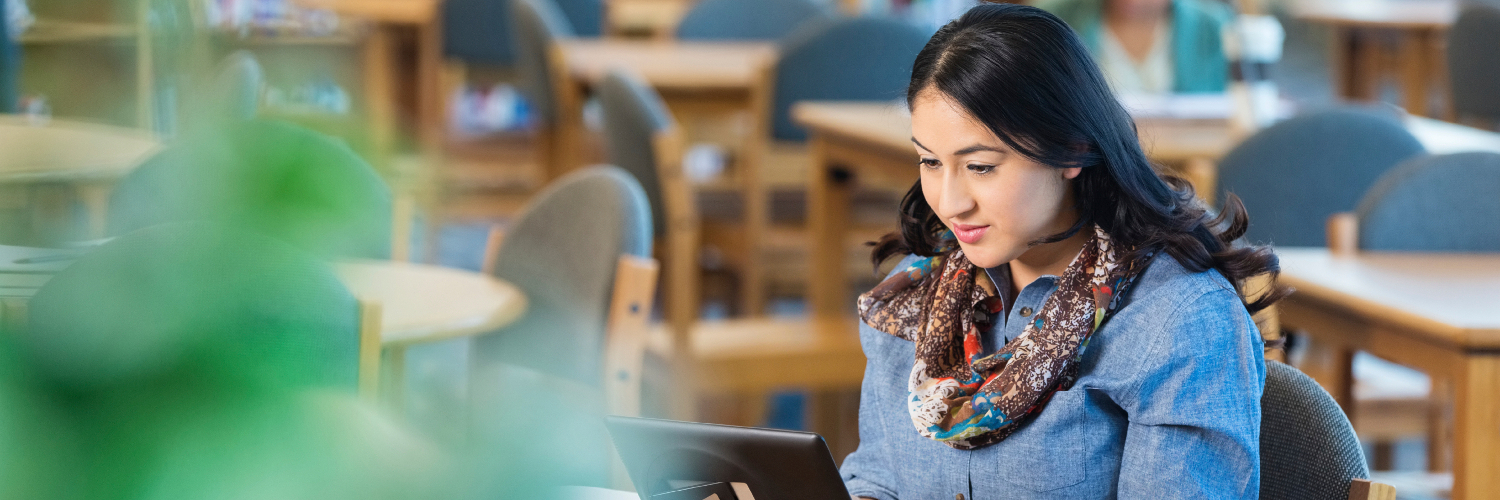I’ve always found the phrase “Flipped Classroom”, quite deceptive — it makes the process appear effortless and swift. Educators who have attempted this revolution in teaching, however, will no doubt disagree: it is a long process, that requires many hours of consideration and planning, not to mention a shed load of trial-and-error.
However, there are ways to dip your toe in, so to speak, and experiment with the process, without overhauling your entire classroom in one go.
Today I’m going to describe some of the basic steps you need to take in order to prepare for your flipped classroom journey. I’m hoping these suggestions will offer you ways in which you could experiment with flipping in a manageable way.
Get comfortable with video
One of the basics of the flipped classroom is that all the course, or lesson, content is available to students online, allowing them the freedom to study it when and where they feel they’ll learn it better. Of course you can capture your content in a variety of ways, but many flipping experts agree that a good place to start is to video record your lecture or class.
Instead of overhauling your entire course, why not try recording one or two lessons in video, upload them to YouTube, and send your students home to watch them, make notes and return to class with discussion topics and questions.
As this is a “baby steps” blog I suggest sticking with YouTube’s own video editor when creating you first lessons; find a useful intro to using the editing software here.
Decide what to do in class
Ok, so the flipped theory is that students do the cognitive/material learning work at home, and then… do what exactly in class?
Class time is now an opportunity to refine and review what was learned at home. There are a number of options here, try not to be overwhelmed by the array of fancy-named flipped classroom activities; and initially stick to a model that best resembles what you students are already familiar with.
Most teachers find a combination of group and individual work the simplest way to experiment with the flipped format in class. Divide your class into two groups: one that reviews the work done at home as a team, the other half works on tasks, set by you, on their own. Your role is to “float” between groups and individuals assisting where necessary. Midway through the lesson, switch the groups.
Engage your class on how it’s working
An essential part of trying flipped techniques is to gain the input and feedback from your students. Think carefully about how you are going to present them with the new model, and frame the change as a journey of discovery for everyone involved. Permit your students to also school you on the technologies available, and try to really understand how they absorb and respond to digital content.
At this point you may also come across resistance from your less motivated students — who would no doubt prefer to snooze through a teacher-led lecture than engage in first exposure to content on their own at home.
Anticipate also that you will have many questions about types of permissible technology, as well as access. It is a moot point to try and flip your classroom, if some of your students don’t have basic internet access at home, and a device to access it with.
Similarly, parents will also be curious as to how the new system works. The benefit of flipping one lesson at a time means that everyone has a chance to get used to the idea, without feeling that the entire schooling process has been upended. Parents will naturally feel disquietended at the idea that students will be doing foundational work at home, and may feel they are not equipped to manage or marshall that process. Ensure that parents have access to you for any comments or questions during the initial phases.
Stay tuned!
So now that we’ve touched on the “baby steps” to flipping, I’ll explore each step in more detail next time.







